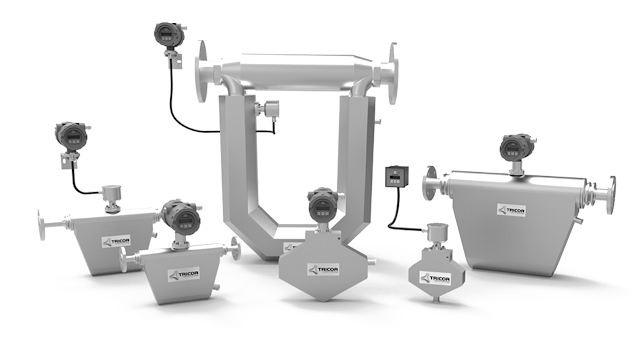Ultrasonic flow meter working principle types and applications

Ultrasonic flow meter An ultrasonic flow meter can be defined as, a meter that is used to measure liquid velocity with ultrasound to analyze the volume of liquid flow. Ultrasonic Flow Meters Working Principle Ultrasonic flow meters calculate the flow rate by utilizing the speed of sound through a fluid created by transducers mounted to the pipe wall. There are two types of ultrasonic meters: Doppler and Time-of-Flight. The Doppler ultrasonic meter requires particles in the fluid to reflect sound waves back to the pipe wall transducers. The difference in frequency between the sent and reflected wave is proportional to fluid velocity. The Time-of-Flight ultrasonic meter requires a clean fluid and works by using opposing transducers mounted to transmit/receive sound waves at an angle across the pipe. The difference in the time required to send a pulse along the path between transducers in the direction of flow vs. against the flow is proportional to...






